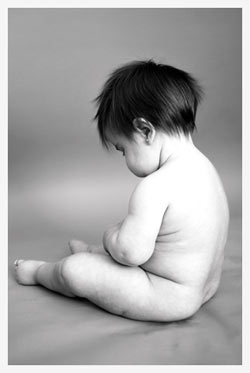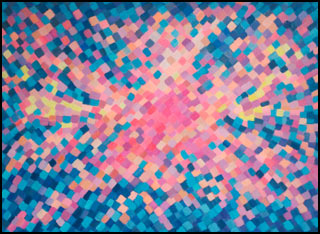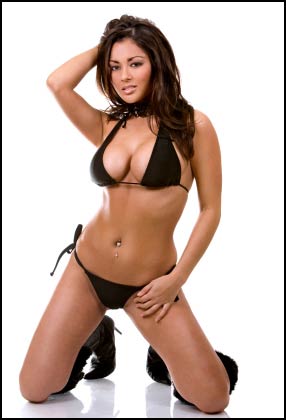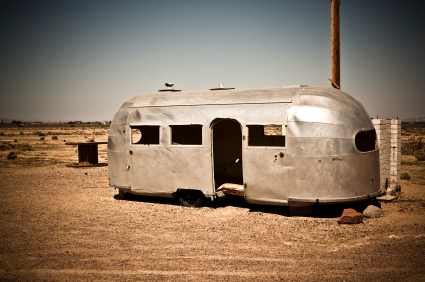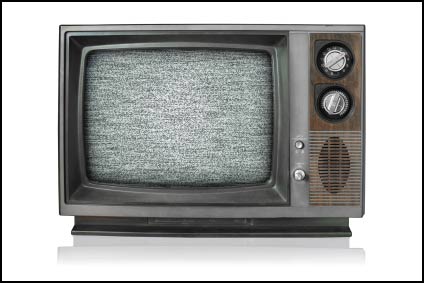The perfect portrait doesn’t exist because there is always someone that won’t like it ![]()
That said, there are a few basic tips that can help you get more interesting and more flattering portraits.

![]()
~ Watch which way your lighting is coming in and check the quality of the light. Softer diffused light is a much better light for flattering portraits than harsh direct light. Although backlight is amazing for dramatic interesting portraits, it’s harder to work with especially for someone newer to photography. Using front light, sidelight, and 3/4 light along with fill light from a secondary flash‚ or reflector will bring your portrait skills up a notch.
~ Adjust your aperture so that the background blurs out a bit and more focus is placed on your subject.
~ Alter your perspective by taking the shot from a different angle rather than eye level. This can really change the ‘wow’ factor of your photo.
~‚ Play with eye contact — it does wonders to a photograph when your subject’s focus is on something else.
Shooting the perfect portrait may seem daunting, but keeping useful tips in mind when doing so will make portrait photography a ‘snap’.
More tips can be found at: http://www.photography.ca/Forums/showthread.php?t=2393
